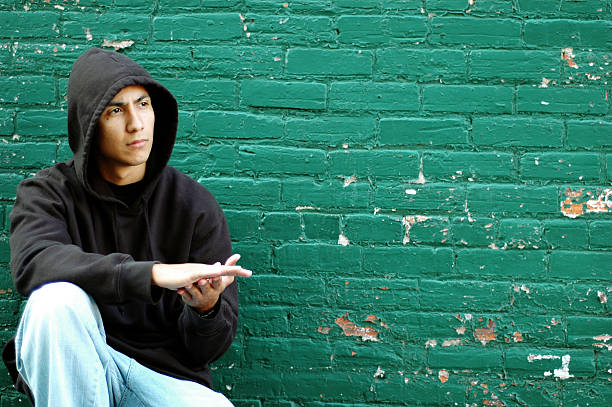Domestic Abuse in childhood and Gang Involvement
The Domestic Abuse Act has now been in effect for one year. A distinctive feature of the Act was the novel recognition of children who witness, hear, or experience the effects of domestic abuse.
Previously, children and young people were indirectly affected by abuse and violence, but not the primary concern. Estimates of prevalence vary, with government data from 2017–2019 indicating that 7% of children aged 10 to 15 lived in households where an adult reported experiencing domestic abuse in the previous year, and other studies indicating that 1 in 7 children experience DVA before turning 18 years old.
Children who survived DVA are a diversified and somewhat significant population. However, research has identified a subset of children who frequently fell between the cracks of DVA support services. The Children’s Commissioner for England revealed that gang members were 37% more likely to have experienced domestic violence or abuse as a youngster than other children. Boys who experienced domestic violence but were not assessed to be at “immediate risk” (because the perpetrator had moved out or lived separately) were not offered support. As a result of their involvement in urban street life or involvement in gangs, several of them were soon sent to youth offending services as perpetrators of violence. At this time, they were the least likely to be framed as victims since they were violently engaged men – the most intricate type of victim and one of the most difficult to ‘help’
For NIDAS Male violence viewed through the prism of masculinity enables us to comprehend how exposure to male violence as a child can have a distinct effect on boys’ conceptions of masculinity and expectations of manhood.
NIDAS also acknowledges the impact of domestic abuse on children has occurred concurrently with a broader recognition of the influence of “Adverse Childhood Experiences” (ACEs) on the life paths of young people. Experiencing trauma as a child can have long-lasting and compounding effects on a person’s life. Nevertheless, it is crucial to consider how different ACEs can influence how young people perceive themselves and their place in the world. We live in a gendered world with distinct adulthood expectations for young men and women. Greater gender inequality can affect how young people respond to and endure violence and abuse.

It’s crucial to highlight that not all child DVA survivors become violent in adolescence.
We’re discussing a small proportion of young people. However, these youngsters are among the most marginalised. Racial discrimination, poverty, poverty, and school exclusion can lead to coexisting difficulties. In Jade Levell’s book, she evaluates all relevant Serious Case Reviews (SCRs) where a child died and finds that a lack of awareness regarding DVA in children hampered several cases. Prior to being labelled, excluded, and criminalised, the attention moved to surveillance and monitoring, missing DVA support possibilities. Of equal interest to academics and front-line practitioners, Jade Levell’s book highlights the narratives of these young men and makes practice recommendations for supporting these ‘hidden victims. She focuses particularly on the life stories of men who experienced childhood domestic abuse and then later became involved in life on-road and in gangs.
 Further readings:
Further readings:
Domestic Abuse Act 2021: overarching factsheet – GOV.UK (www.gov.uk)
Tackling Domestic Abuse Plan – CP 639 (publishing.service.gov.uk)